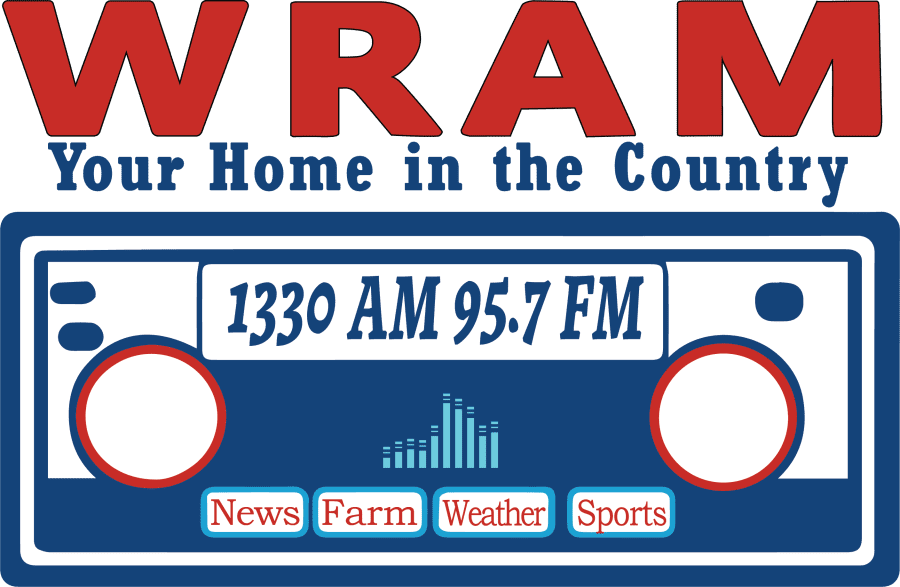When you hear the term kissing bug, you might imagine an insect with a romantic streak. However, they are more vampire than star-crossed lovers. These insects have been in the news recently because they, and the disease they can carry, may be more prevalent in the U.S. than originally thought.
What are kissing bugs?
Kissing bugs, also known as triatomine bugs, are a type of assassin bug that, unlike most assassin bugs, feed on the blood of (primarily) mammals, such as raccoons, armadillos, opossums, wood rats, squirrels, dogs, and humans. They get the name kissing bug because when feeding on humans, they often feed near the person’s lips or eyes.
These bugs are nocturnal; during the day, they are commonly found in animal nests or burrows, as well as in brush piles, under tree bark, and other out-of-the-way locations.
Kissing bugs in Illinois
There are two species of kissing bugs found in Illinois, the bloodsucking conenose, Triatoma sanguisuga, and T. lecticularia. The bloodsucking conenose is the most commonly encountered. They are found primarily in the southern half of the state (there has only been one found north of Peoria and McLean counties).
Bloodsucking conenoseadults are approximately ¾ in long, with dark brown to black, flattened bodies and long, cone-shaped heads. Their wide abdomens extend beyond their wing margins and have reddish-orange spots along the side.
Chagas disease
Kissing bugs serve as the vector for the pathogen that causes Chagas disease (Trypanosoma cruzi). Chagas disease has an acute and chronic phase. In the acute stage (shortly after transmission), people may or may not have symptoms, which can include fever, rash, and swelling of the bite area. In the chronic stage, people may develop heart and digestive problems.
Chagas disease is not transmitted by kissing bugs biting and feeding; rather, the pathogen is present in their feces. After feeding, kissing bugs will defecate, and if the area is scratched or rubbed, the pathogen can get into the feeding wound, eyes, etc.
While the Chagas disease pathogen has been found in Illinois, there have been no cases of locally acquired Chagas disease in the state. While the Bloodsucking conenose is capable of carrying the pathogen that causes Chagas disease, transmission in Illinois is unlikely due to the fact that the disease is not very prevalent, the bugs do not often come into contact with humans, and these bugs take longer to defecate after feeding than other species do (making it less likely they will defecate on their host).
Kissing bug look-alikes
There are several different insects that are commonly confused with kissing bugs.
- Wheel bugs (Arilus cristatus) are probably the insects most commonly misidentified as kissing bugs. They can be differentiated from kissing bugs because of the cog-like wheel on their thorax.
- Western conifer seed bugs (Leptoglossus occidentalis) are similar in size to kissing bugs, but they have flattened areas on their hind legs that look similar to leaves (kissing bug legs are skinny).
- Squash bugs (Anasa tristis) are also similar in size and shape to kissing bugs; however, their coloration is different, and they do not have an elongated head.
- Boxelder bugs (Boisea trivittata) are occasionally confused with kissing bugs; however, they are smaller and have three reddish stripes on their thorax (bloodsucking conenose does not).
Good Growing Fact of the Week: Kissing bugs go through incomplete metamorphosis (egg, nymph, and adult). They will go through several nymphal stages and must feed before advancing to the next stage, which is why they are commonly found near their hosts. After maturing into adults, they will continue to feed on blood.
***Courtesy of Ken Johnson, University of Illinois Extension, Horticulture Educator***













